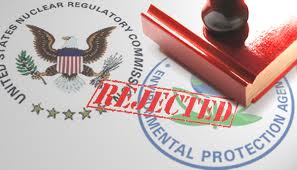In 1999, French policymakers decided to limit the use of Gaucho (imidacloprid) in the face of uncertainty surrounding the risk to honeybee health. They drew on a preponderance of indirect evidence from observations in actual crop settings by French beekeepers and followup studies by researchers affiliated with the government. Since then, ecotoxicological laboratory studies of the influence of the newer systemic insecticides on honeybees have identified adverse effects: chronic feeding of neonicotinyl insecticides to honeybees at sublethal doses comparable to levels found in pollen and nectar of treated field crops had deleterious effects on learning, memory, behavior, and longevity. Lab studies also suggest that synergistic interactions between the newer systemic insecticides and other environmental toxins and pathogens could enhance the toxicity to honey bees. U.S. EPA officials recognize that these data on the ecological effects of the newer systemic toxins is a cause for some concern but maintain that it is too inconsistent to restrict the use of these toxins. Attached is an article on the influence of Bayer Cropscience on Dutch policy makers (which appeared in the magazine "Vrij Nederland" on April 4, 2012).
Traditional scientific research consistent with the EPA’s Good Laboratory Practice (GLP) policy has thus far not established a definitive role for imidacloprid in causing Colony Collapse Disorder (CCD). In effect, the EPA’s sound science approach permits the release of the newer systemic insecticides based on experimental practices that tend to ignore the findings highlighted by some laboratory- and many beekeeper-initiated studies. Instead of a sound science approach to pesticide regulation, we advocate a broadly precautionary orientation. This entails a regulatory preference for false positives over false negatives. A false negative result incorrectly labels as safe a substance that is dangerous; a false positive incorrectly labels as dangerous a substance that is safe. Regulators must accept suggestive data when all uncertainties are not resolved.
Source:
SAINATH SURYANARAYANAN & DANIEL LEE KLEINMAN (2011)
Disappearing Bees and Reluctant Regulators
'Issues in Science and Technology' (attached)

- Log in to post comments
